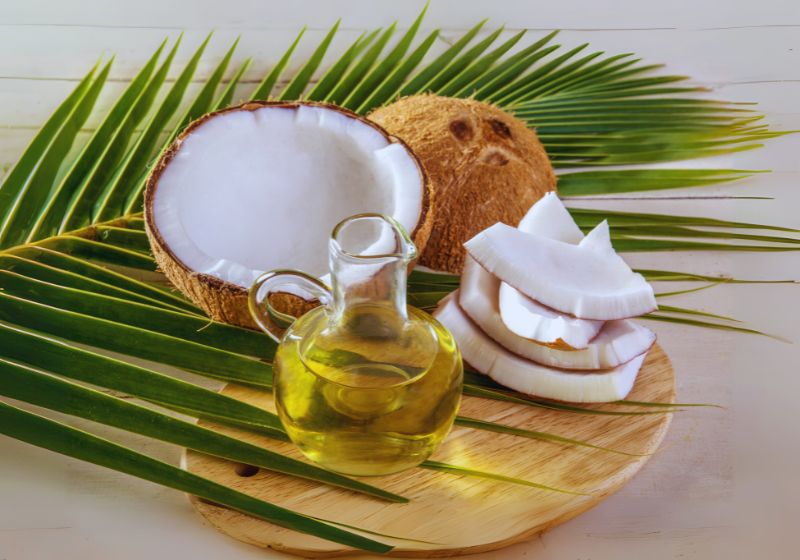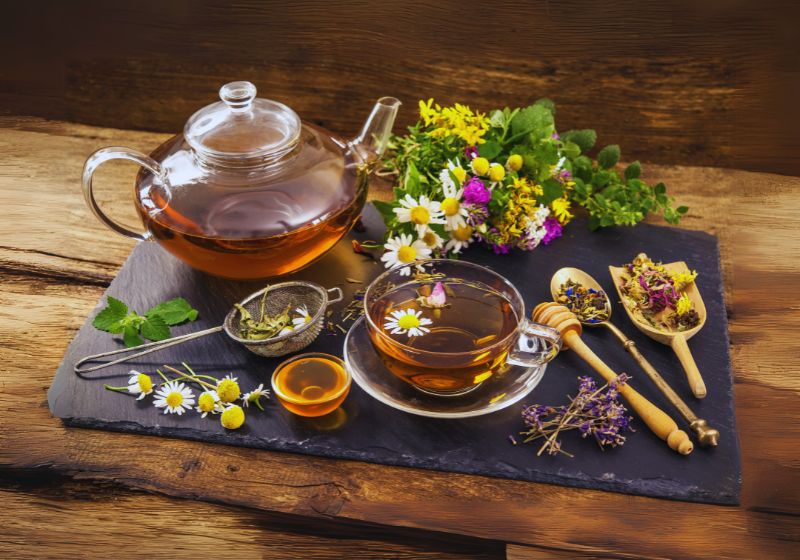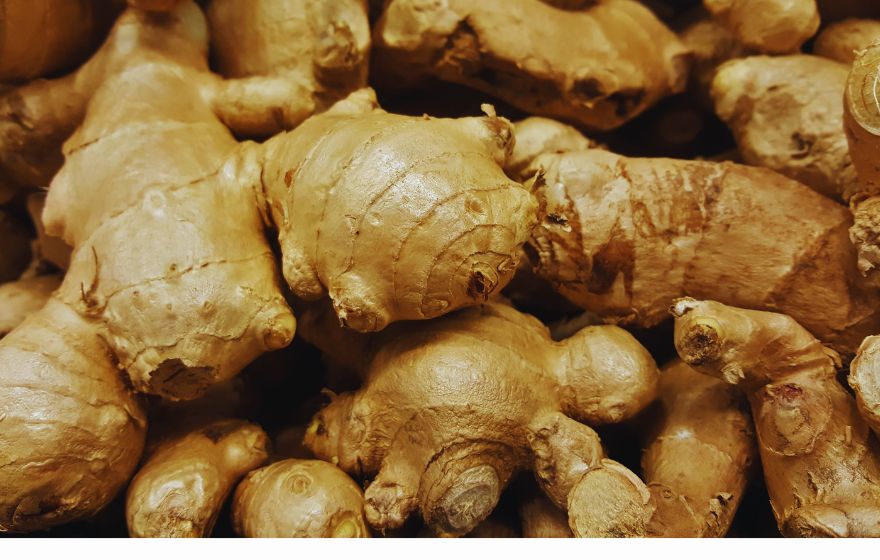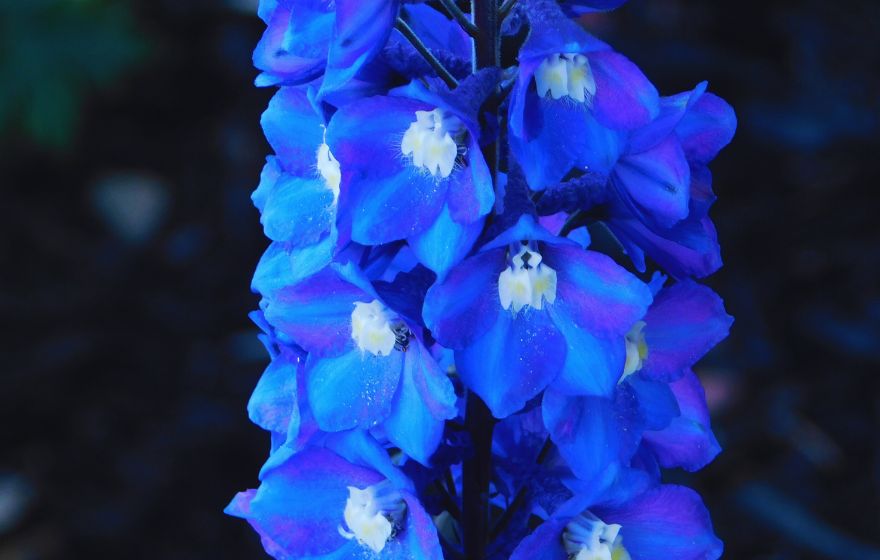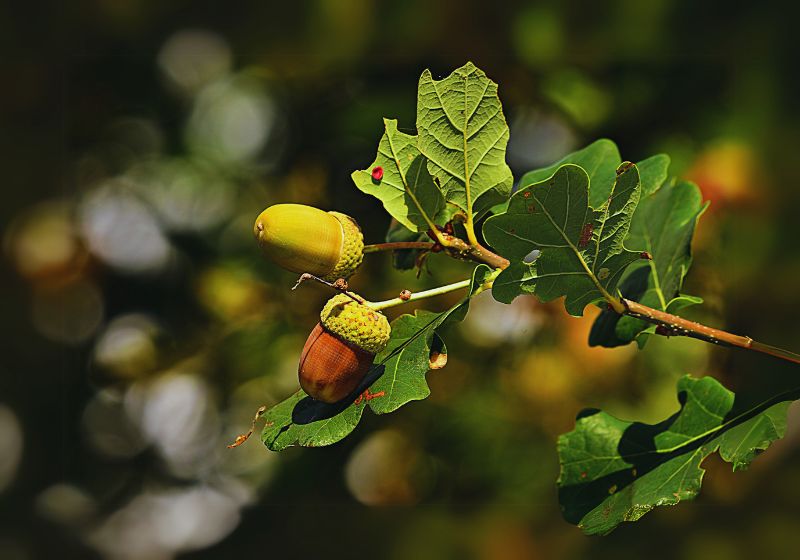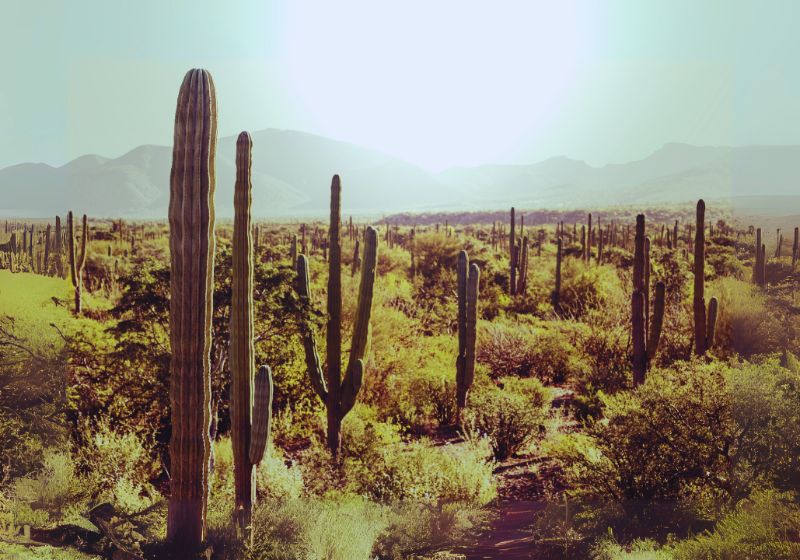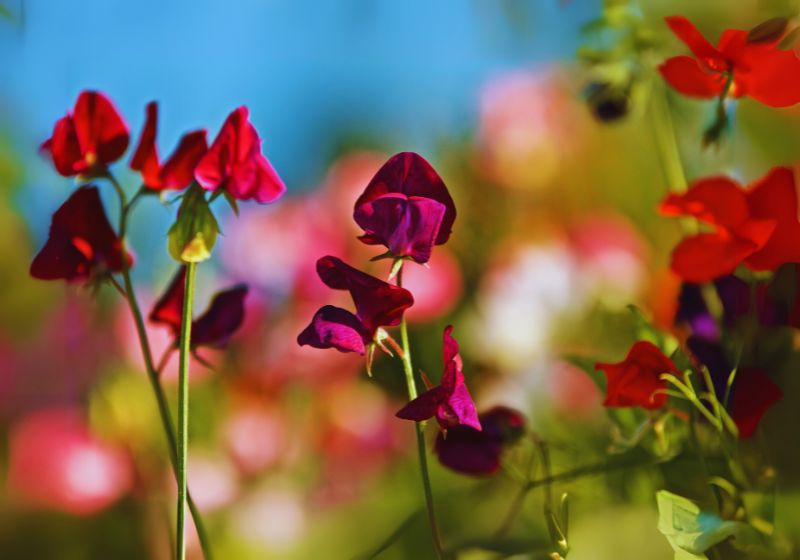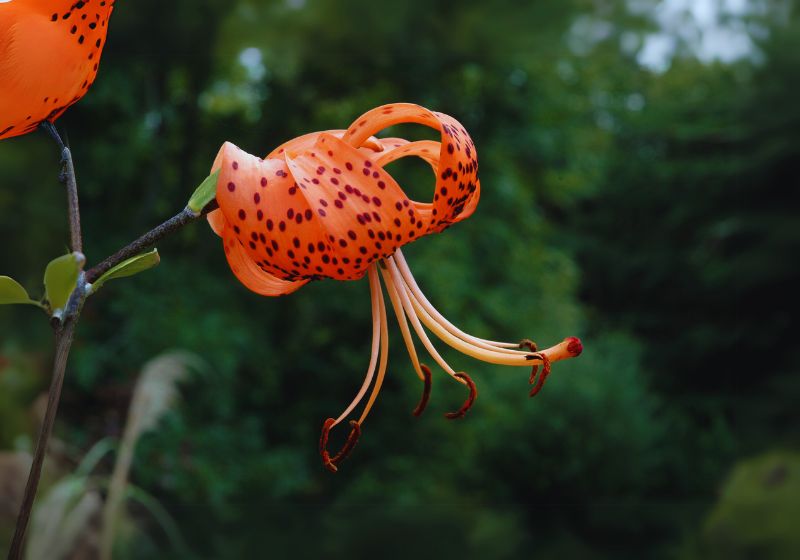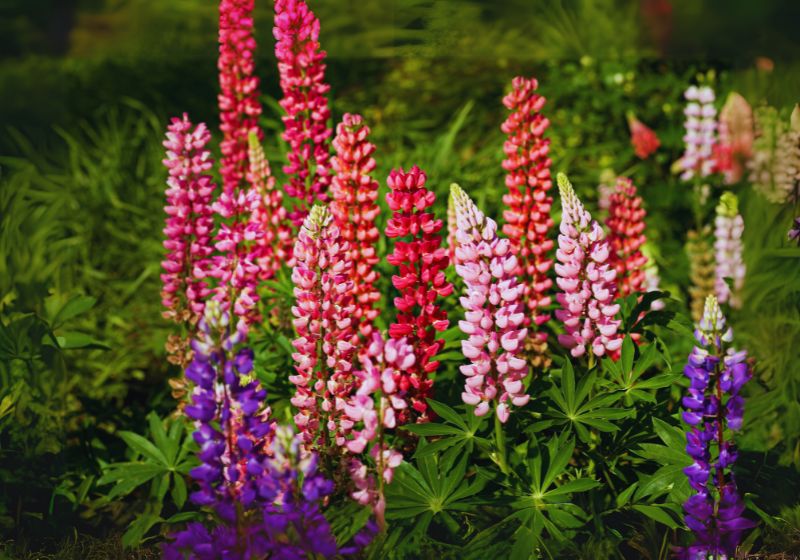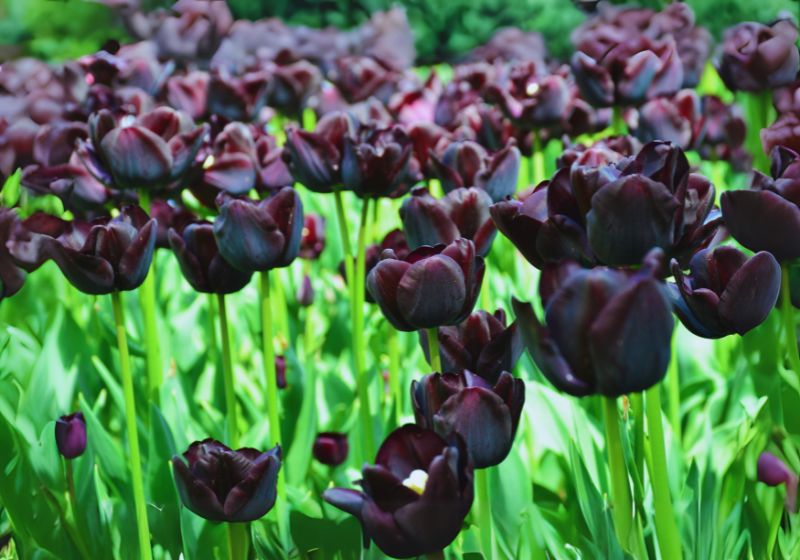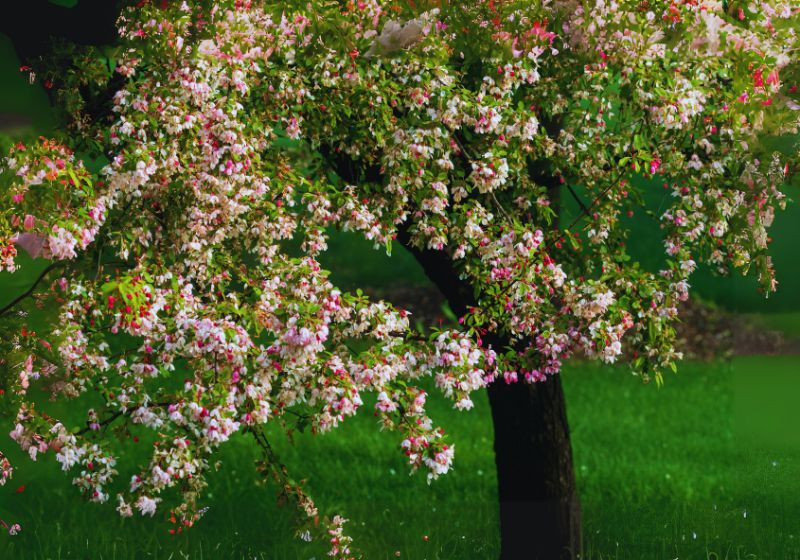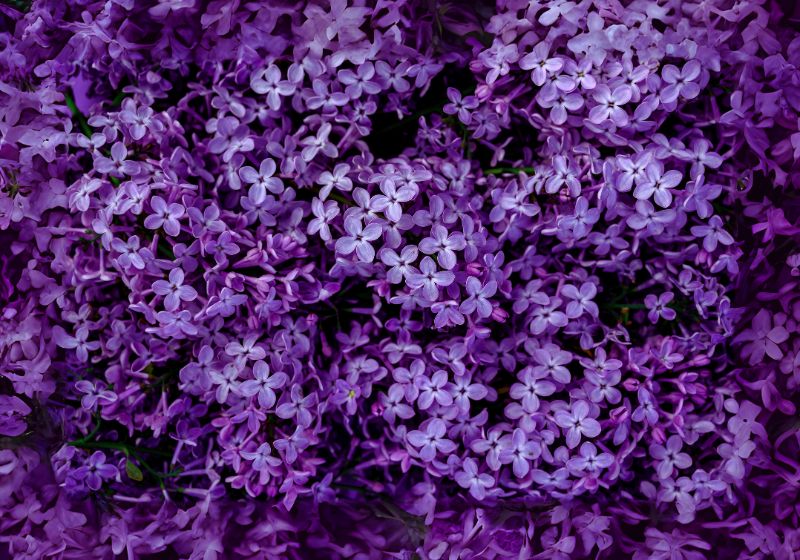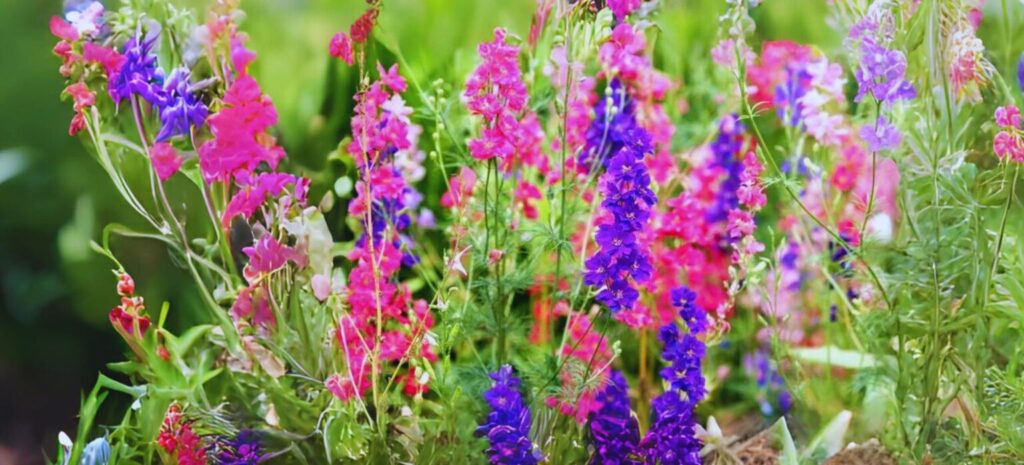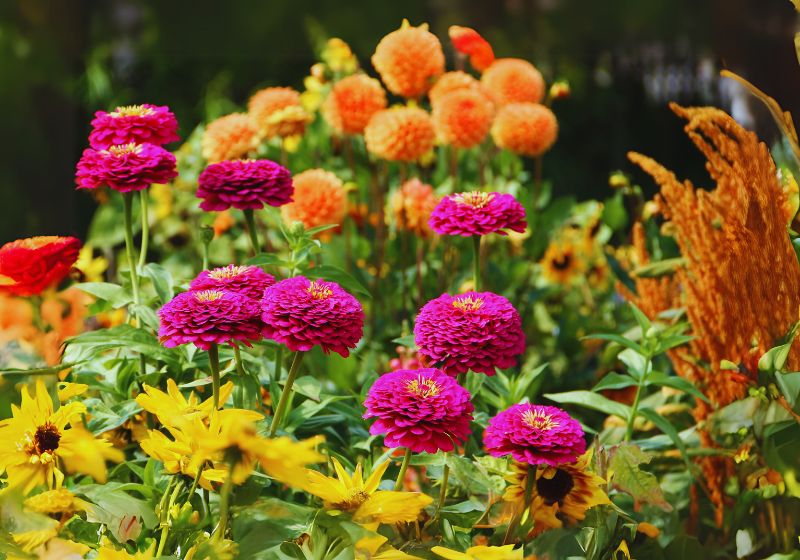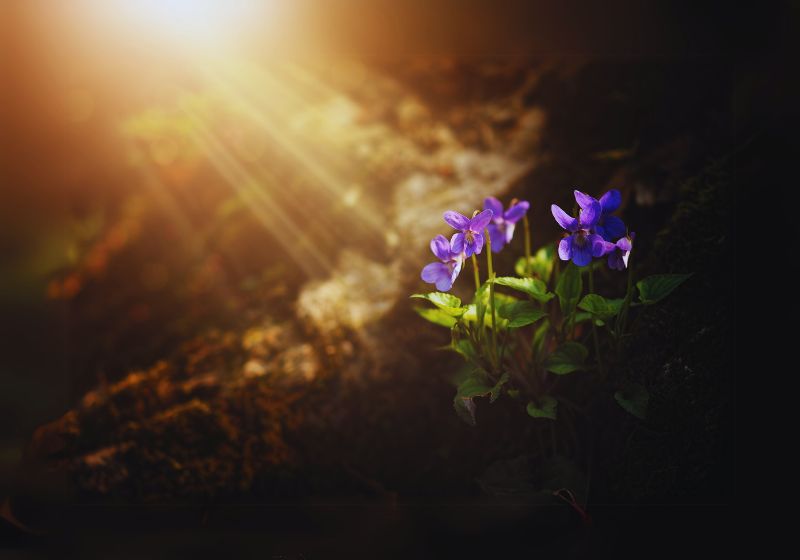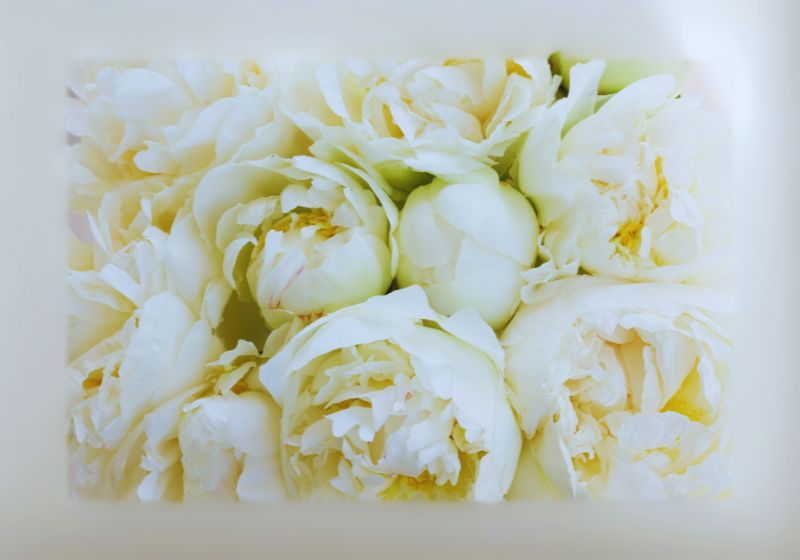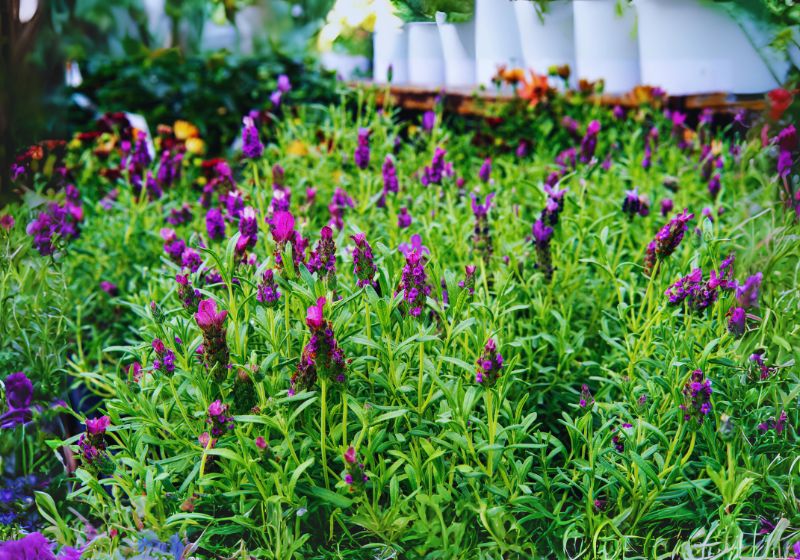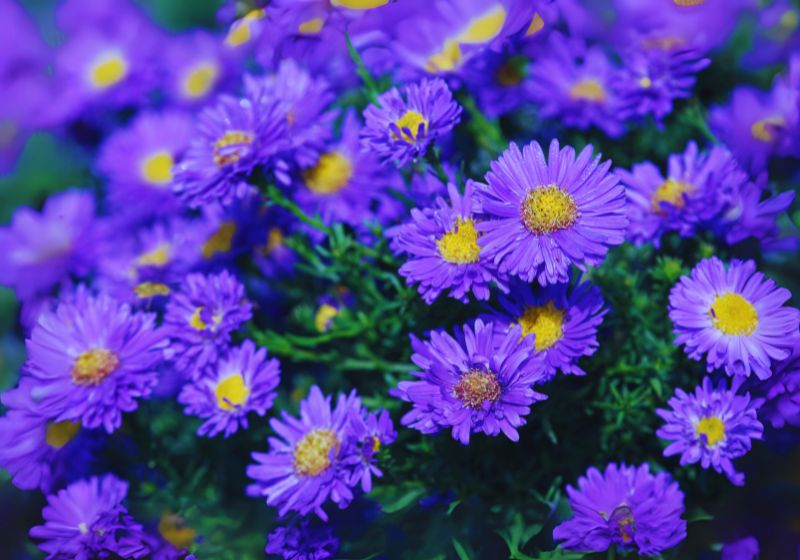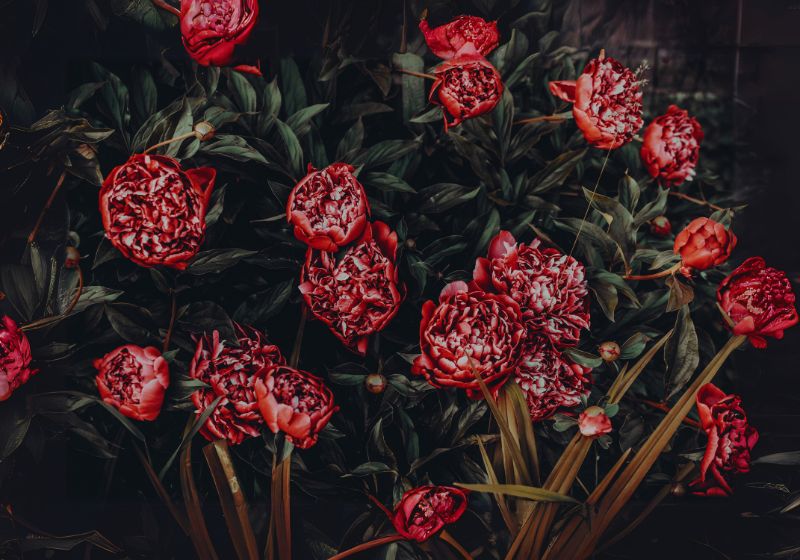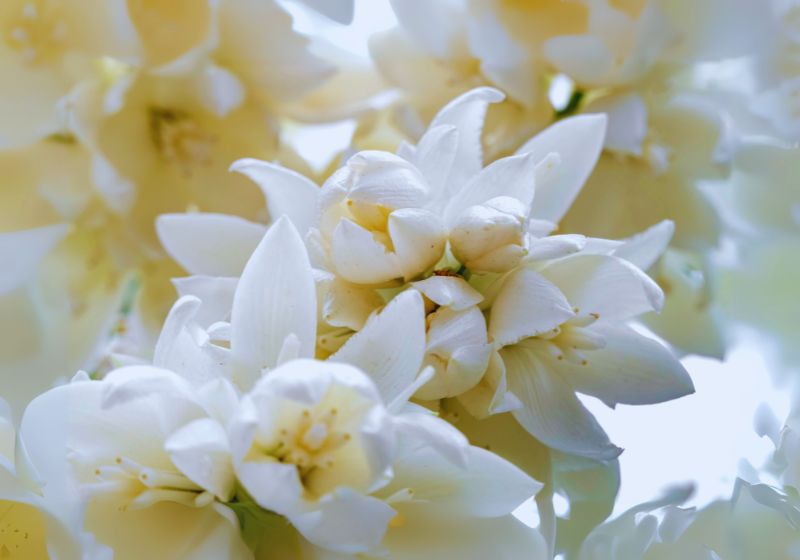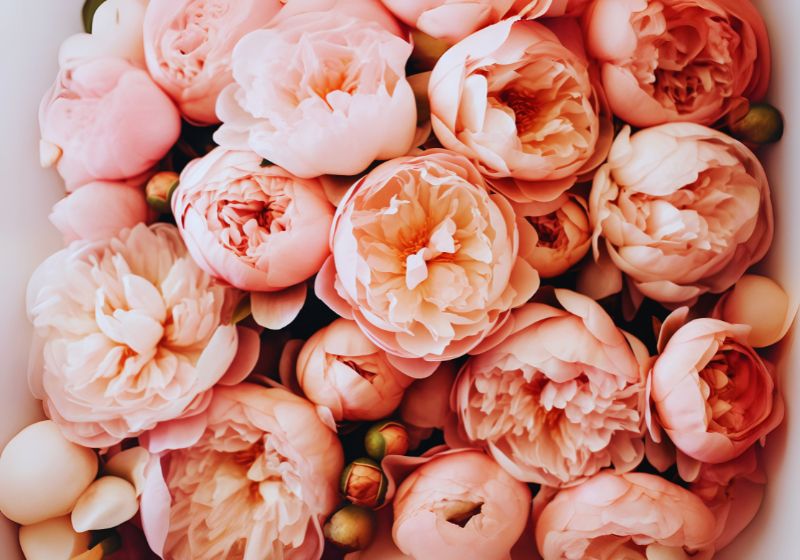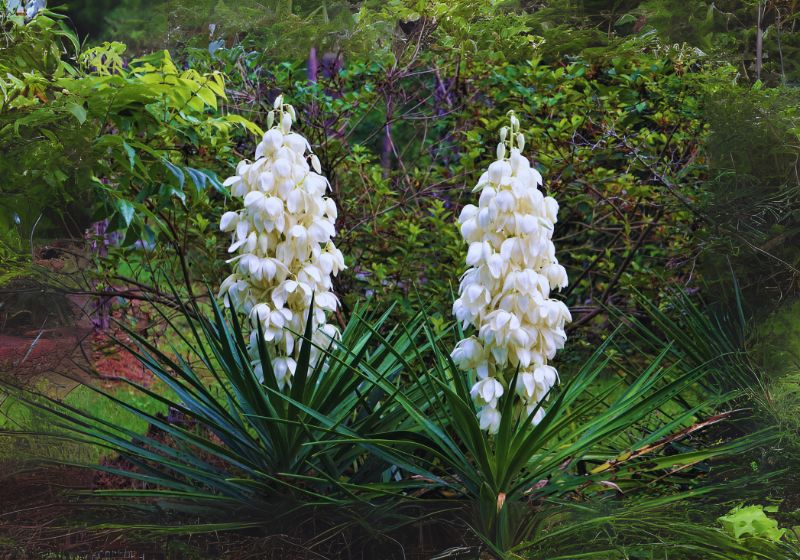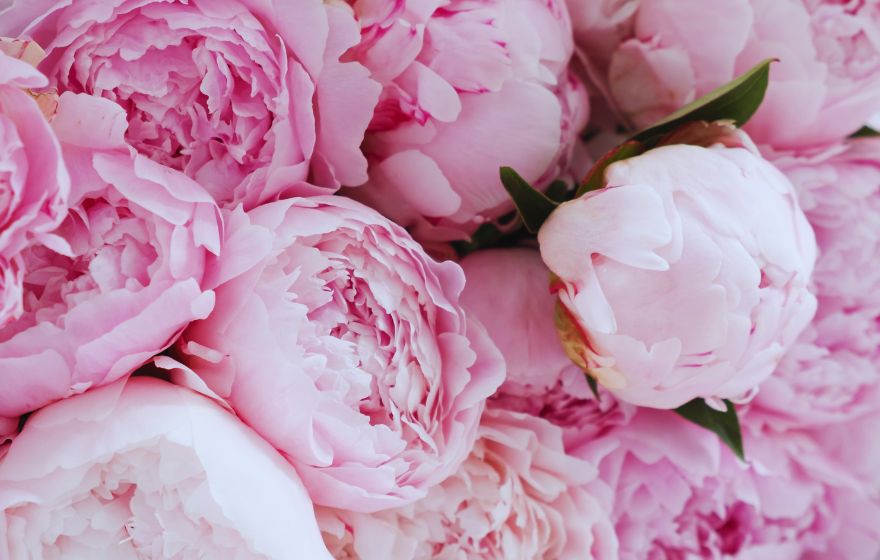How to Grow and Care for Lavender Plants
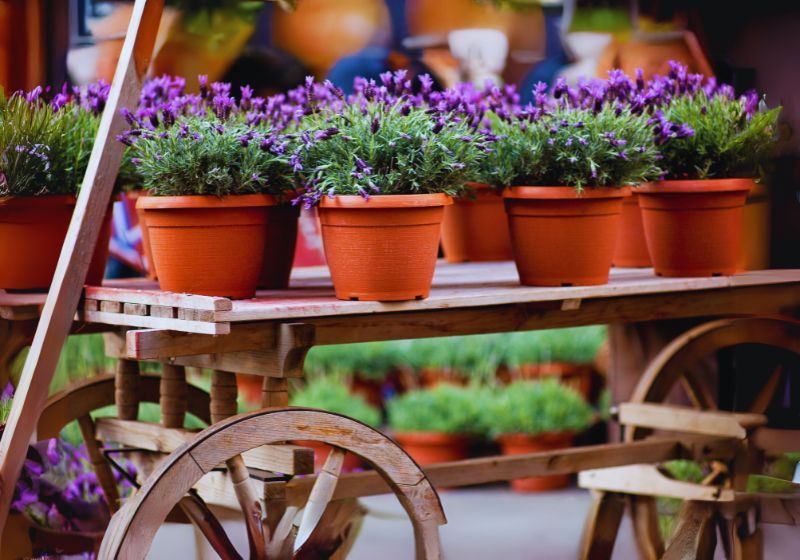
Lavender (Lavandula) is an ornamental- medicinal plant appreciated for its ornamental and medicinal properties as well as hardiness. It belongs to the Mediterranean Basin region, and grows well in any climate if well tended. This guide will be useful to you if you want to learn how to cultivate lavender that is both beautiful and aromatic for your home, garden, or as a business.
Understanding Lavender
Varieties of Lavender
There are several species and varieties of lavender, each with unique characteristics:
- English Lavender (Lavandula angustifolia): Well-known for their nutritious and ambrosial fragrance and resistingibility to chilly areas.
- French Lavender (Lavandula dentata): Present deeply lobed leaves with marginal teeth and grows well in hot and moderately wet conditions.
- Spanish Lavender (Lavandula stoechas): Its conspicuous features are large ‘rabbit ear’ bracts.
- Lavandin (Lavandula x intermedia): A cross between two types known as English lavender, this plant is bigger and stronger than the other.
Benefits of Growing Lavender
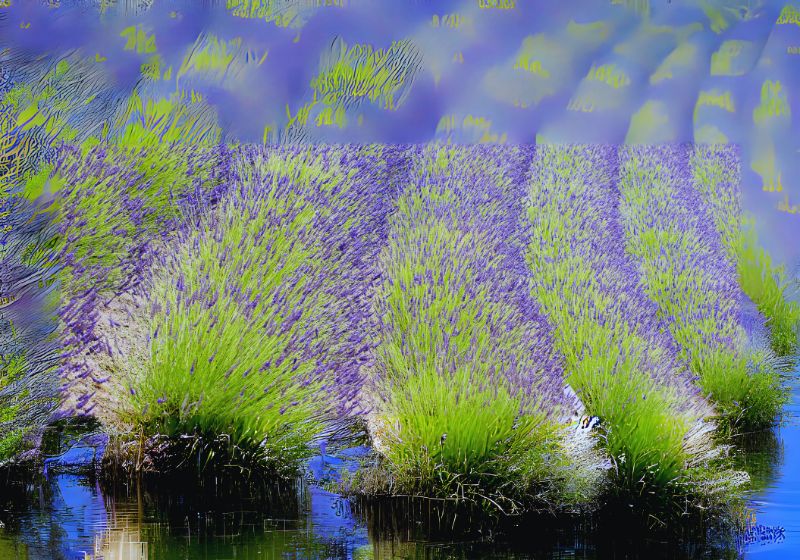
- Aesthetic Appeal: Another plant that beautifies gardens by its flowers is the lavender.
- Aromatic Uses: It contains the essential oil that is used in almost all plants used in manufacture of perfumes, soaps, and in aromatherapies.
- Pollinator Magnet: Lavender entices bees, butterflies and most other pollinators.
- Low Maintenance: Lavender is an easy plant once growing; it does not require too much attention or interruption.
Planting Lavender
Lavender thrives in:
- Full Sun: They require about 6-8 hours of direct sunlight on their foliage .
- Well-Drained Soil: Make sure not to plant your water lily in an area with standing water to minimize a risk of root rot.
Soil Preparation
- pH Level: Lavender grows best in slightly alkaline to neutral pH level of about 6.5-7.5.
- Amendments: There needs to be an addition of sand or gravel in order to enhance the drainage especially for the clients with clay like soils.
Planting Steps
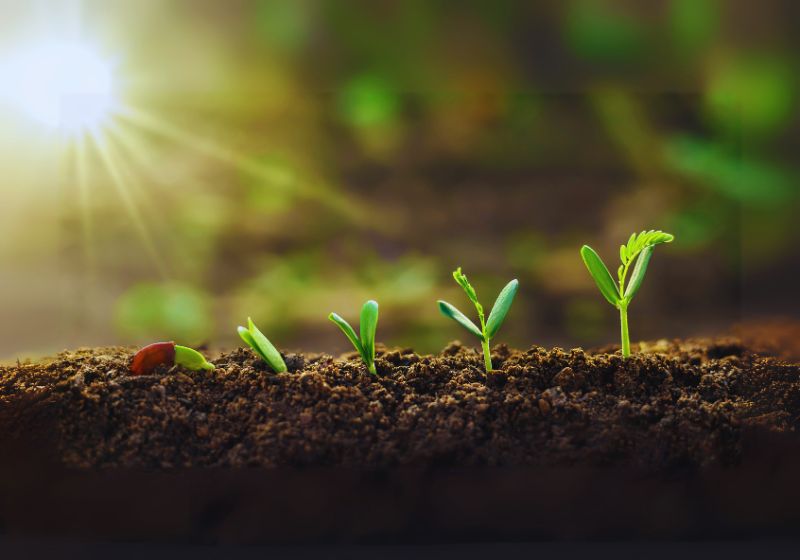
- Timing: Propagation of lavender can be done in spring when the ground is warm and propitious for the growth of the plant.
- Spacing: Grow space plants 12 to 24 inches apart depending on the variety of the space plants.
- Digging the Hole: Make a small pit which is slightly larger than the root of the plant.
- Planting: Bury it up to the same level as it was in the nursery pot or simply level with the top of the roots.
- Watering: It will do well to be watered well at planting time.
Caring for Lavender
Watering
- New Plants: Use enough water to saturate the soil once, ideally twice, in the first weeks until the plants are well-set.
- Mature Plants: Water sparingly; lavender is rather.
- Overwatering Warning: Be careful not to overwater the flowers as this makes the soil wet and this can result in the roots_beginning to rot.
Fertilizing
- Except for the first growing season, lavender does not require frequent fertilizing. Too much fertilizer means fewer flowers to show for it.
- In spring give the plant a potash rich low nitrogen feed or an organic manure to encourage vigorous growth.
Pruning
- Timing: Remove after flowering in late summer or early autumn and cut back by one-third in spring.
- Method: Prune back about one-third of the height of the plant only if you are growing it from cuttings; do not cut into the woody parts of the stem.
- Benefits: Stimulates production of side branches and branching in plants to avoid becoming bushy and non-woody.
Mulching
- Organic mulch is not recommended for use because it is easily decomposed. The best material for mulching include inorganic mulch such as gravel or coarse sands should be used to enhance drainage while the sunlight should be reflected since it contains mineral samples.
- Organic mulches such as wood chips should not be used because they have a water retaining nature that fosters fungi proliferation.
Managing Pests and Diseases
Common Pests
- Aphids: Through their minuteness, the insects can stunt a plant by sucking sap from it. Make sure you apply insecticidal soap or neem oil.
- Spittlebugs: These produce frothy residues, but tend not to damage lavender. Simply wash them off.
Diseases
- Root Rot: Prevention ‘by using proper drainage and not going over the top with water’.
- Fungal Issues: Good air circulation and lack of overhead watering.
Propagating Lavender
Methods
Propagation by Cuttings
- Select Cuttings: Grow 4-6 inches long cutting from a perfectly healthy plant that has no flowers.
- Prepare Cuttings: Prune off the bottom three leaves and place the cut end in rooting hormones.
- Planting: Transplant cuttings to a recommended seedling soil mix so that water does not sit in your container for an extended period.
- Care: Water the soil and put the plant in intermediate light until the roots come out.
Propagation by Seeds
- Seed Stratification: To increase germination rates, chill seeds in the refrigerator for two to four weeks before planting.
- Sowing: Plant the seeds in a seed starting mix and do not leave the seeds very deep you can just barely cover them.
- Germination: They germinate optimally at a temperature of 70°F / 21°C; They should also be watered and the soil should be moist.
- Transplanting: Transplant seedlings when they have become sturdy and frost danger is over.
Harvesting and Using Lavender
Harvesting
- Timing: When they are cultivated, they should be harvested when the flower buds are about halfway opened.
- Method: Trim stems just before sunrise when the plants are well dried from the dew.
- Drying: Hang the bundles upside down in a cool and airy place which has little or no light.
Uses
- Culinary: minor uses of english lavender in cupcakes, tea and herbal seasoning.
- Aromatherapy: Use the flowers to produce essential oils or have dried flowers in small bags or sachets.
- Decorative: Use dried stems for wreaths, flower arrangements and other decors.
Troubleshooting Common Issues
Poor Flowering
- Cause: It is poor light or too much nitrogen.
- Solution: Plant in full sun, and do not over-fertilize.
Leggy Growth
- Cause: Lack of pruning.
- Solution: Said cutting is recommended for annual pruning to promote dense growth of the bush.
Yellowing Leaves
- Cause: Darkening or macerations as well as poor drainage.
- Solution: This is due to the fact that air is allowed into the soil and the greatest factor is also improved drainage.
Winter Care
Lavender Plants Winter Care
Lavender Plants is a perennial, aromatic shrub that is fairly hardy and can grow during the winter if well tended. Use the following tips to make sure your lavender perks back and thrives after winter.
Preparing Lavender for Winter
Trimming Lavender Before the Winter Season
Trim your lavender plants in late summer or early autumn when the plants have finished blooming. Cut off the faded flowers and shorten the stems while leaving 5-7 cm of green leaves at the top of the brown stick. This fosters growth especially in spring, when growth rates are normally high.
Cleaning the Plant Base
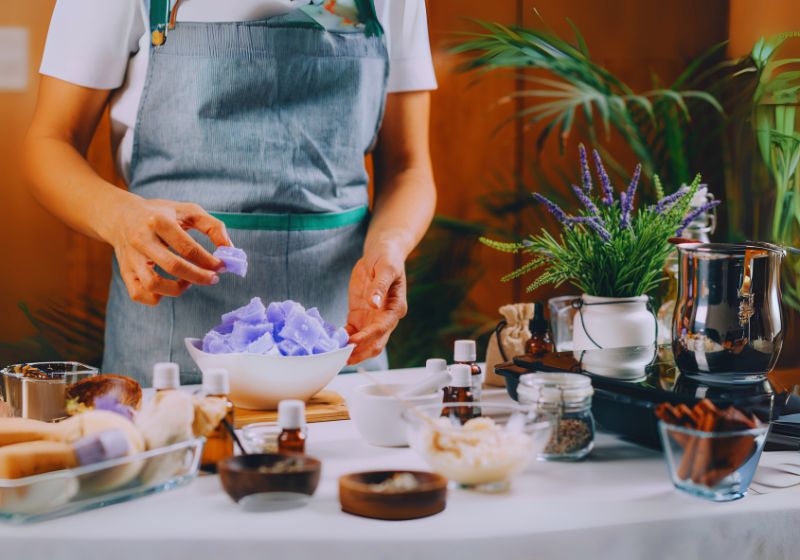
Sweep away surrounding/aim adjoining the plant any materials such as; Vegetable debris, shed leaves, and weeds. They do this in an effort to reduce the chances of attacks by pests and fungal diseases during the cold and wet winter.
How to Safeguard Lavender in Spring and Autumn
Mulching for Insulation
- In areas of freezing temperatures, they should be surrounded with a layer of mulch, preferably straw, bark and so on. This helps preserve the root from cold together with warming of the soil.
- Commercial and residential icing services have to be employed to protect plants from frost as using covers is not very effective due to several limitations.
- In especially cold weather, you should only blanket your lavender with a light material such as horticultural fleece. Do not use plastic cover as it creates humidity and thus leads to rot.
Winter Care for Potted Lavender
Relocating to a Sheltered Spot
Replant lavender in a new pot and then take it to a protected area like a greenhouse or the next best indoor environment with good light. Make sure the temperature does not go below freezing.
Adjusting Watering Frequency
Water less frequently in winter and be more cautious about the water you use on your plants. Water it sparingly and only when the soil seems dry, because the plant does not like wet soil, which causes root rot.
Winter Problems and Their Remedy
Preventing Root Rot
Make sure that you have good drainage and this must be on both the garden beds and pots. Minimize water supply and remove water bowls around the plant which causes water to stagnate on it.
Quick Tips on How to Restore ‘Frost-Killed’ Lavender
In case your lavender plants develops frost damage, wait for spring when you are going to prune the part that was affected. Sometimes the plant can simply regrow from the roots and the new part of the plant may have a different color.
Preparing for Cold Weather
- Mulching: Mulch with straw or evergreen boughs in colder areas so that they may not freeze.
- Container Plants: It is important to take pots inside a house and place them in a cool, but brightly lit environment.
- Pruning: Do not trim your plants heavily in late fall since this affects the plant during the frost period.
Conclusion
Most people think that lavender plants propagation can be quite fulfilling as they add beauty to the garden apart from serving a number of functions. Knowing its requirements like the sun exposure, the soil type it requires, pruning it or planting a new rosemary is all possible with some practice. Lavender plants is one of those plants that can be grown by anybody, from the most experienced gardener to a first-time gardener.
Read More :Discover Yucca Valley, CA: A Hidden Gem in the Desert


 English
English 

